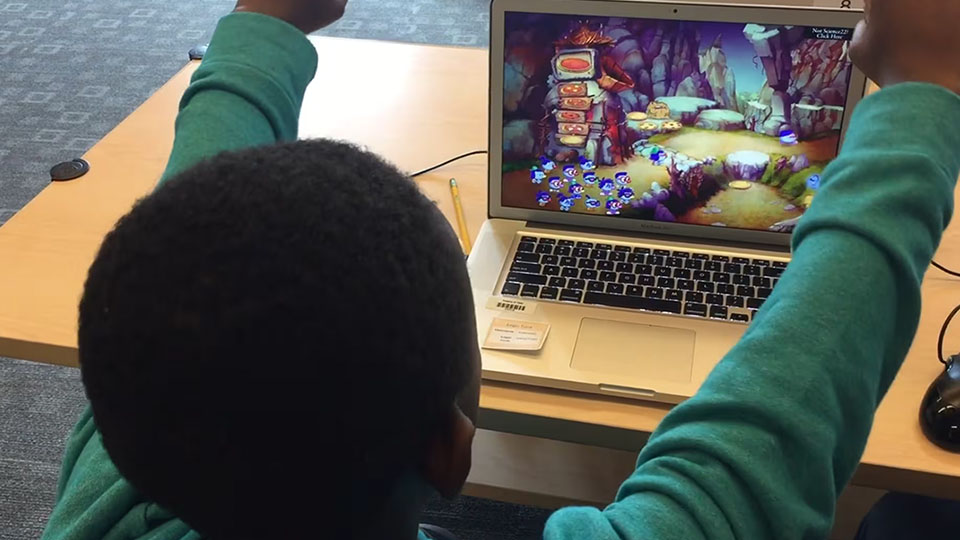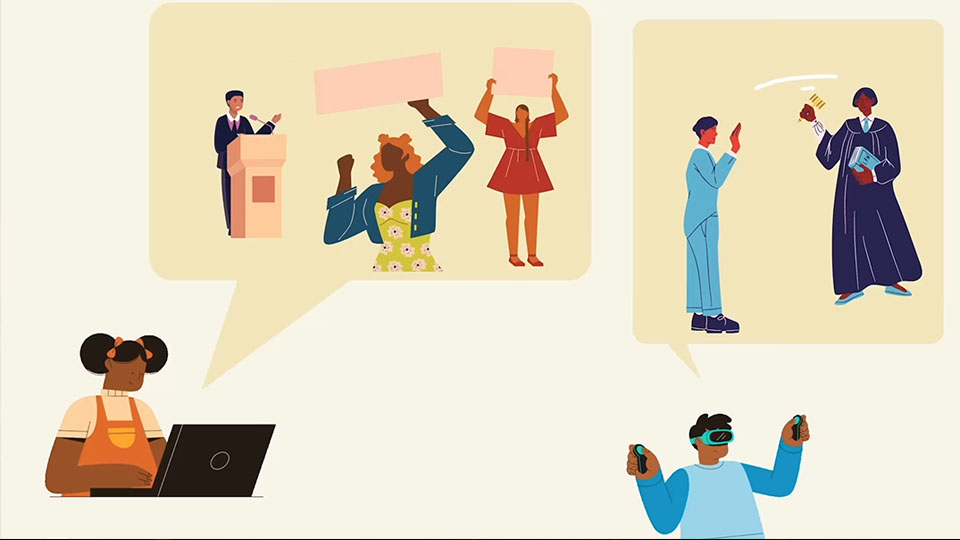Bridging from Zoombinis to Computational Thinking
Description
EdGE at TERC is studying how game-based learning can transform the educational landscape. In particular, we are studying the innovative teacher practice of bridging between game-based (implicit or tacit) learning and classroom (explicit) learning with a game called Zoombinis. Zoombinis is a learning game that engages players in puzzles that require increasingly complex Computational Thinking (CT). EdGE’s game-based learning research attempts to broaden participation by reaching neurotypical learners and learners with cognitive differences who may struggle at traditional school activity and testing.
EdGE research is informing STEM learning and teaching through a national implementation study of over 30 classes in grades 3-8 aiming to support a foundation of Computational Thinking through Zoombinis gameplay. Participating teachers are given student logins to a research version of Zoombinis that enables data tracking and automatically delivers an online pre/post assessment for all players. These data are used in Educational Data Mining (EDM) research to measure students’ implicit Computational Thinking such as problem decomposition, pattern recognition, abstraction, and algorithm design.
Teachers in the Zoombinis research classes use bridging materials to connect game-based learning (tacit or implicit learning) to classroom content (explicit learning). These include physical materials (posters and playing cards), kinesthetic re-enactments of the game puzzles, graphical organizers, coding activities, and more that build upon the Computational Thinking skills develop in the game. The Zoombinis bridge materials also help connect Computational Thinking to science, math, and other subjects.
We are currently studying how teachers in over 60 classes in the US are using Zoombinis along with bridge materials with a diverse audience of young learners. Participating teachers are logging their activity each time they teach with Zoombinis and are participating in period interviews to understand their bridging practices. Select classrooms are also being observed. This video provides examples of bridging practices that show promise to support Computational Thinking in grades 3-8.
Learn more about Zoombinis.
NSF Award: 1502882
Discussion
This discussion took place during the TERC Video Showcase Event Nov. 14-21, 2023. Discussion is now closed.Presenters
Lead Presenter

TERC
Co-Presenters

TERC

TERC

City of Cambridge STEAM Program

TERC





Looking forward to the conversation!
thanks for your interest!